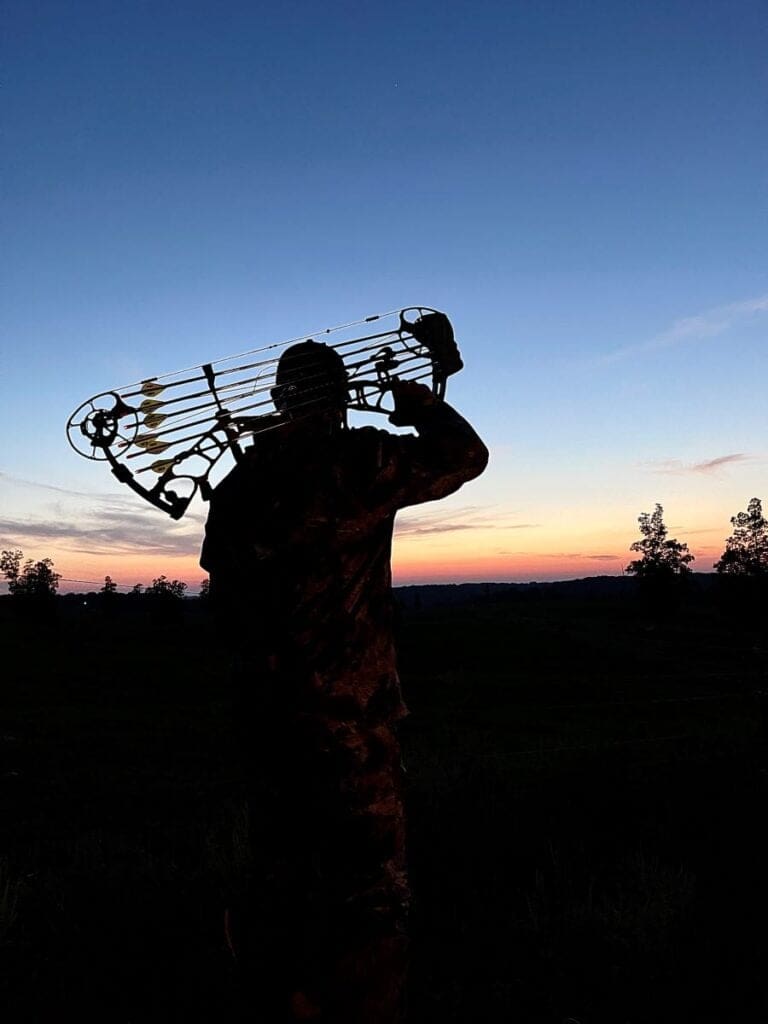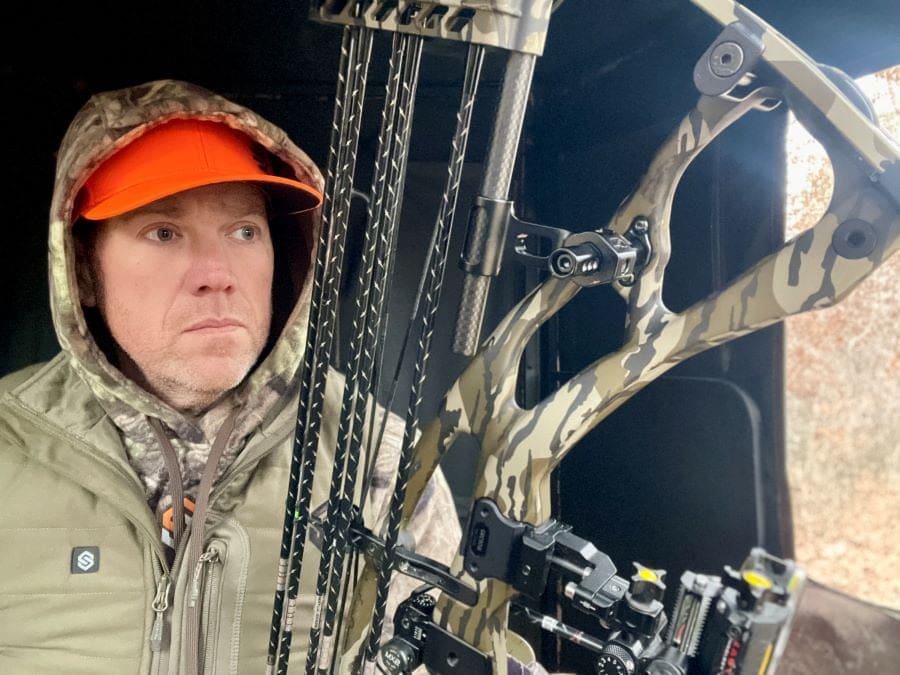The End-of-Season Debate for Deer Hunters
For many hunters, the whitetail deer season brings a mix of emotions and decisions. Early in the year, enthusiasm runs high as trail camera pictures and scouting reports reveal the presence of mature bucks. As the season unfolds, hunters confidently pass up smaller bucks, holding out for that one trophy because they know the big one could show at any time. The mindset is clear: patience will pay off. However, as the season winds down, so does that confidence, and many hunters find themselves in a situation where some become aggravated at each other or even disappointed in themselves. The disappointment or anger is because, at the end of the season, the pressure to shoot something and not end the season empty-handed becomes too much. So, hunters find themselves standing over the same bucks they passed on earlier, relieved to end their season with a harvest. Should hunters hold out until next year, or is it okay to finish strong and tag a buck in the final days?
Passing Bucks Early: The Mindset of Patience
Most seasoned hunters know that patience often leads to success. Mature bucks don’t become trophies by being careless. They move less during daylight and are more challenging to pattern. Early in the season, hunters may pass on young eight-pointers or small-racked bucks, knowing that these deer have the potential to grow into something much larger if given another year. Passing bucks is often done with good intentions. One of the main reasons for this is that managing the herd increases the size and age of the deer. Waiting for more mature bucks increases the challenge by targeting mature bucks only, keeping the freezer open for a “buck of a lifetime.” These hunters hold onto the belief that discipline early will reward them later in the season. In my experience, I am filled with adrenaline and a drive to hunt hard during the first half of the season. However, as much as I love hunting, by the end of the season, I lose my steam, and on more than one occasion, it has resulted in shooting a late-season buck that, honestly, I probably would not have taken if it had been in October or November.
As December and January arrive, the patience and optimism that fueled hunters in September or November begins to waver. Reality sets in that the big buck might not show. The days grow shorter, the rut winds down, and deer movement becomes less predictable. A buck that once seemed too small suddenly doesn’t look so bad. For many, taking a buck late in the season feels like a way to “finish strong” and avoid leaving the woods empty-handed. After all, hunting is as much about the experience as it is about the harvest. Ending the season with a clean shot and meat for the freezer can feel like a win, even if it wasn’t the giant you had hoped for.

Should You Wait Until Next Year?
If your goal is to grow and manage bigger bucks, passing on a smaller deer is often the right move. Each year a buck grows, it adds mass, tine length, and maturity. Harvesting a young buck late in the season could mean removing next year’s potential trophy from your hunting ground.
On the other hand, hunting is personal. Not every hunter chases trophies. Many value the experience and the satisfaction of providing for their family over antler size. Passing on bucks only to leave empty-handed can also take a mental toll. I have often said that if a deer gets you excited, and you are happy to make the harvest, then there is absolutely nothing wrong with that, and other hunters should not bash that mindset. At the same time, I wouldn’t say I like it when someone takes a buck only to make comments such as, that’s not the buck I wanted or other negative comments that refer to the fact that they were not happy with harvesting that animal.
Here are some factors to consider when deciding whether to attempt the harvest or not. First, what is your personal goal? Are you chasing a specific buck or satisfied with a quality hunt? Knowing your objectives can guide your end-of-season decisions. Another critical factor is whether your area has a healthy buck-to-doe ratio. If you’re seeing younger bucks repeatedly, letting them grow could improve the quality of your herd next year. If you have not seen many mature bucks or up-and-comers, finding the best buck for that year may be the better choice.
Next, is if meat is a priority, harvesting a buck late in the season is better than going home empty-handed. That is why harvesting a couple of does earlier in the year is essential. If I know I already have a couple of deer in the freezer, I am more likely to be a little more selective later in the season.
Finishing Strong Doesn’t Always Mean a Tag Filled
As I have gotten older, I have discovered that ending the season on a good note doesn’t always require harvesting a deer. As a younger hunter, I wanted to shoot every deer I saw. As the years pass, the maturity of a seasoned hunter sets in, knowing that sometimes, the success of a season lies in the lessons learned, the memories made, and the anticipation of what’s to come. The late season provides a chance to reflect, scout for next year, and even focus on hunting, contributing to herd management, and filling the freezer.
Whether you choose to finish the season with a buck or wait until next year is a personal decision shaped by your goals, patience, and priorities; if you decide to hold off, remember that passing on a buck late in the year is an investment in the future. But if you choose to fill your tag and end the season with a harvest, there’s no shame in celebrating a successful hunt, no matter the antler size. In the end, the trophy is in the eye of the hunter. Whether it’s better luck next year or finishing strong this season, the journey and experience make it all worthwhile.

